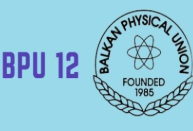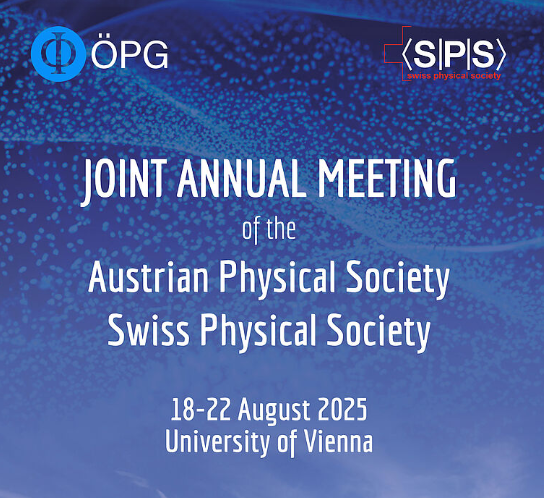https://doi.org/10.1140/epjc/s10052-011-1634-1
Regular Article - Theoretical Physics
Implications of initial LHC searches for supersymmetry
1
High Energy Physics Group, Blackett Laboratory, Imperial College, Prince Consort Road, London, SW7 2AZ, UK
2
Fermi National Accelerator Laboratory, P.O. Box 500, Batavia, IL, 60510, USA
3
Physics Department, University of Illinois at Chicago, Chicago, IL, 60607-7059, USA
4
CERN, 1211, Genève 23, Switzerland
5
Antwerp University, 2610, Wilrijk, Belgium
6
Institute for Particle Physics Phenomenology, University of Durham, South Road, Durham, DH1 3LE, UK
7
Theoretical Physics and Cosmology Group, Department of Physics, King’s College London, London, WC2R 2LS, UK
8
Department of Physics and Astronomy, University of Rochester, Rochester, NY, 14627, USA
9
Instituto de Física de Cantabria (CSIC-UC), 39005, Santander, Spain
10
INFN, Laboratori Nazionali di Frascati, Via E. Fermi 40, 00044, Frascati, Italy
11
William I. Fine Theoretical Physics Institute, University of Minnesota, Minneapolis, Minnesota, 55455, USA
12
Institute for Particle Physics, ETH Zürich, 8093, Zürich, Switzerland
13
DESY, Notkestrasse 85, 22607, Hamburg, Germany
* e-mail: olive@physics.umn.edu
Received:
28
February
2011
Revised:
5
April
2011
Published online:
1
May
2011
The CMS and ATLAS Collaborations have recently published the results of initial direct LHC searches for supersymmetry analyzing ∼35/pb of data taken at 7 TeV in the centre of mass. We incorporate these results into a frequentist analysis of the probable ranges of parameters of simple versions of the minimal supersymmetric extension of the Standard Model (MSSM), namely the constrained MSSM (CMSSM), a model with common non-universal Higgs masses (NUHM1), the very constrained MSSM (VCMSSM) and minimal supergravity (mSUGRA). We present updated predictions for the gluino mass,  , the light-Higgs boson mass, M
h
, BR(B
s
→μ
+
μ
−) and the spin-independent dark matter scattering cross section,
, the light-Higgs boson mass, M
h
, BR(B
s
→μ
+
μ
−) and the spin-independent dark matter scattering cross section,  . The CMS and ATLAS data make inroads into the CMSSM, NUHM1 and VCMSSM (but not mSUGRA) parameter spaces, thereby strengthening previous lower limits on sparticle masses and upper limits on
. The CMS and ATLAS data make inroads into the CMSSM, NUHM1 and VCMSSM (but not mSUGRA) parameter spaces, thereby strengthening previous lower limits on sparticle masses and upper limits on  in the CMSSM and VCMSSM. The favoured ranges of BR(B
s
→μ
+
μ
−) in the CMSSM, VCMSSM and mSUGRA are close to the Standard Model, but considerably larger values of BR(B
s
→μ
+
μ
−) are possible in the NUHM1. Applying the CMS and ATLAS constraints improves the consistency of the model predictions for M
h
with the LEP exclusion limits.
in the CMSSM and VCMSSM. The favoured ranges of BR(B
s
→μ
+
μ
−) in the CMSSM, VCMSSM and mSUGRA are close to the Standard Model, but considerably larger values of BR(B
s
→μ
+
μ
−) are possible in the NUHM1. Applying the CMS and ATLAS constraints improves the consistency of the model predictions for M
h
with the LEP exclusion limits.
© Springer-Verlag / Società Italiana di Fisica, 2011




